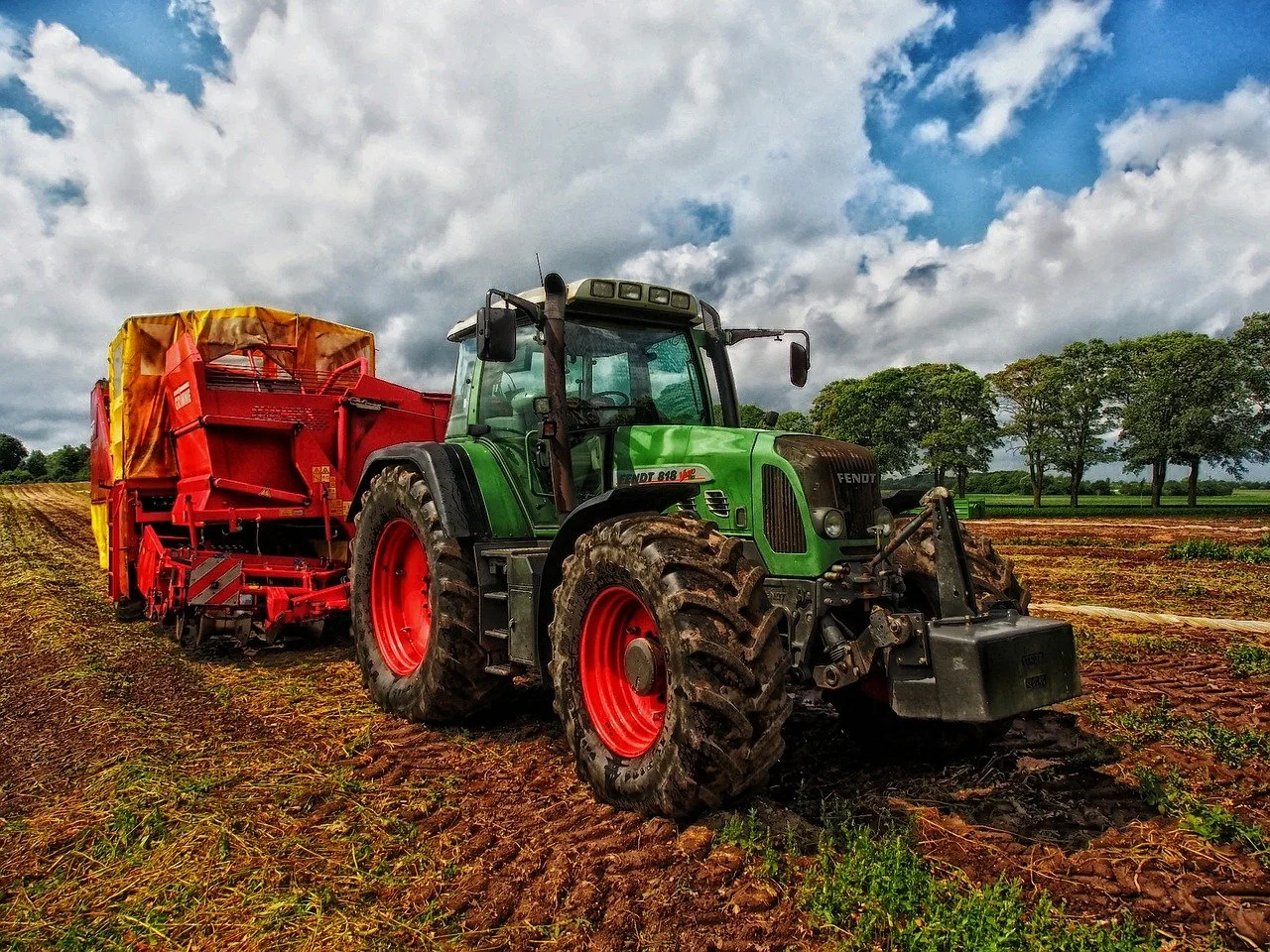Aotearoa can learn from the summer floods
Tauranga - The return of the La Niña weather pattern has seen devastating floods in both Australia and New Zealand.
In the aftermath of cyclone Gabrielle, a climate expert explains how Australia's experiences might offer New Zealand a guide for recovering.
The results of a recent study show the importance of community in disaster management and the vital role the public can play as a volunteer army, the World Economic Forum says.
New Zealand and Australia have faced a series of devastating floods triggered by climate change and the return of the La Niña weather pattern. So it makes sense that Australia has now sent disaster crews to help with the aftermath of cyclone Gabrielle.
With five serious floods in the space of 19 months in 2021-2022, Australia’s experiences – and how people responded offer New Zealand a guide for recovering and rebuilding after an extreme weather event.
The flooding events in both countries share two key common elements. First, the floods broke previous records and were the largest in recent history. Second, there were also repeat flood events.
In Auckland, there were two massive floods within five days, while cyclone Gabrielle became the Coromandel’s fifth severe weather event for 2023 and devastated other parts of the North Island.
The other common factor is urbanisation. Auckland’s population has been growing, resulting in the increasing development of the built environment. Intensifying urban development places pressure on existing drainage systems parts of which are no longer fit for purpose.
Extensive built-up and paved areas with hard, impermeable surfaces can also cause rapid run-off during heavy rain, with the water unable to be absorbed into the ground as it would be in soft, vegetated areas.
In the recent floods in Auckland, communication was an issue. Relaying directives and information through multiple institutional layers led to confusion, which could have been avoided through a closer community-based approach.
Another key factor in Australia is the large cadre of volunteers, around 9000 in New South Wales, a state with a population of just over eight million. This is a significant form of social capital, without which the current approach to flood response and management would not be possible.
While there are initiatives in New Zealand to attract and engage volunteers, more needs to be done. Civil defence needs to conduct a structural review of the existing volunteer organisations that work in the disaster and emergency response field to identify ways to improve the recruitment and retention.
Perhaps the key lesson for New Zealand is the need to think beyond emergency management to building long-term resilience within agencies and communities.
As climate-related disasters become more common, we need to think about how our cities grow and how we can incorporate flood resilience by retaining green areas and vegetation, improved drainage and transportation links.
But both countries also need to focus on being ready for a disaster, instead of managing it after it happens. In doing so, the pressures of managing the disaster when it arrives would be less and so would the long-term impacts on people and the economy.















Lisa was born in Auckland at the start of the 1970s, living in a small campsite community on the North Shore called Browns Bay. She spent a significant part of her life with her grandparents, often hanging out at the beaches. Lisa has many happy memories from those days at Browns Bay beach, where fish were plentiful on the point and the ocean was rich in seaweed. She played in the water for hours, going home totally “sun-kissed.” “An adorable time to grow up,” Lisa tells me.
Lisa enjoyed many sports; she was a keen tennis player and netballer, playing in the top teams for her age right up until the family moved to Wellington. Lisa was fifteen years old, which unfortunately marked the end of her sporting career. Local teams were well established in Wellington, and her attention was drawn elsewhere.